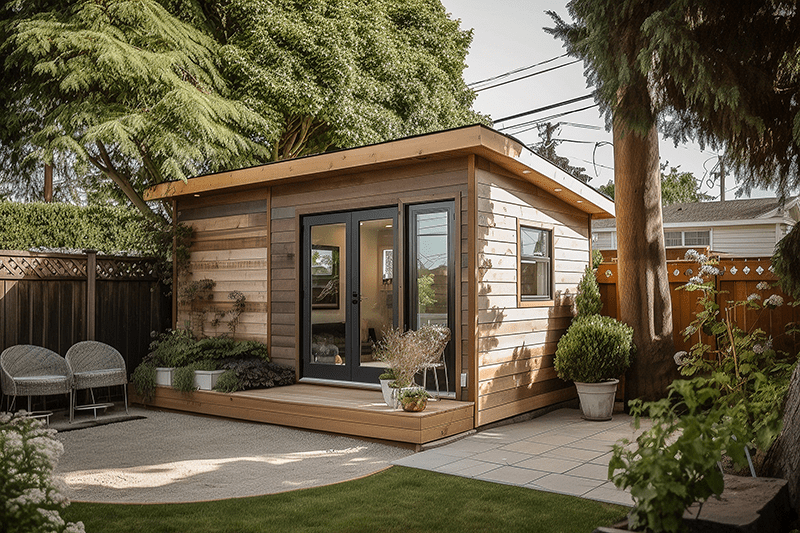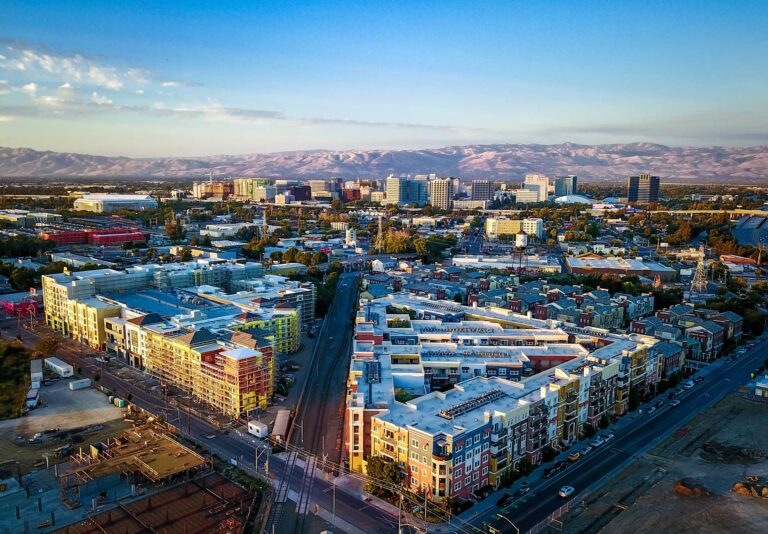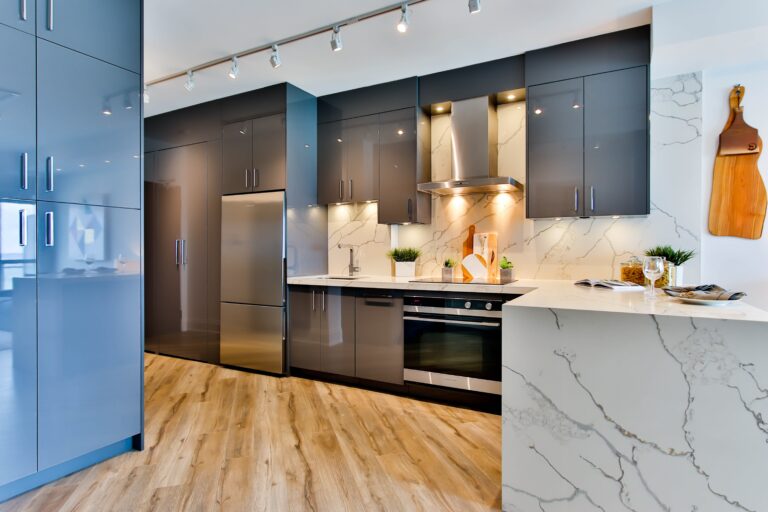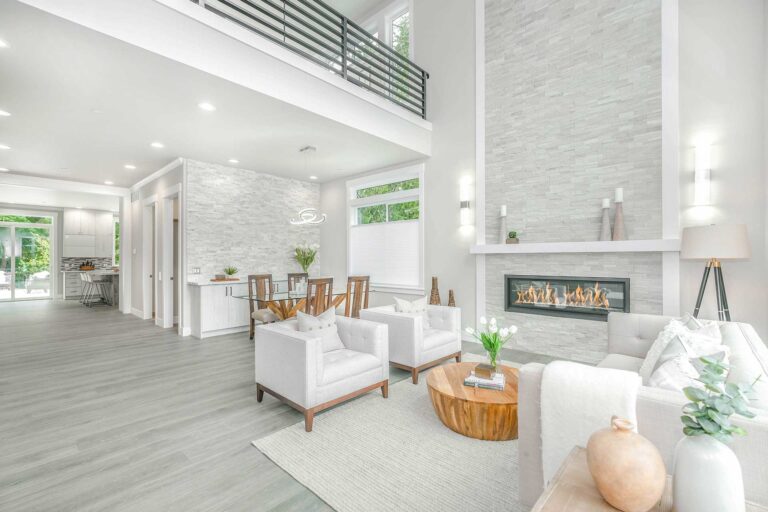Accessory Dwelling Units (ADUs) have increasingly gained popularity among California homeowners, especially in recent years. An ADU is a legal and regulated unit added to an existing property that provides extra living space. It can be a detached or attached unit to the main building, often referred to as a mother-in-law suite, backyard cottage, or granny flat. Before you leap into building an ADU, there are basic elements you should know.
What is an ADU?
An ADU is commonly referred to as an Additional Dwelling Unit or an Axillary Dwelling Unit. They are often referred to as guest suites, in-law units, backyard cottages, or granny flats. The ADU has its own entrance, kitchen, and bathroom facilities, which means it can be used as a rental unit or an additional living space for family members.
Types of ADUs
There are two types of ADUs: attached and detached. Attached ADUs are units connected to the main house and sharing one or more walls. Detached ADUs are separate structures located in the backyard or on the side of the property. Detached ADUs offer more privacy and allow homeowners to create a separate entrance to the unit. Both types of ADUs can be customized to meet your specific needs and design preferences.
Benefits of building an ADU
Building an ADU can benefit homeowners in various ways, including:
- Extra income: ADUs can provide additional rental income, which can be a significant source of income for homeowners helping homeowners offset their mortgage payments through rental revenue.
- Multigenerational living: ADUs can provide a separate living space for family members, such as aging parents or adult children allowing them to maintain independence while staying close to loved ones.
- Increased property value: ADUs can increase the value of your property, especially if you live in a high-demand area and would like to offer more affordable housing options
Flexible use: ADUs are versatile and can be used for a variety of purposes, such as a home office, guest suite, or artist studio
Considerations in Building
Consider the ongoing costs associated with an ADU. An ADU not only incurs building costs, but it also incurs ongoing costs such as utilities, maintenance, and landscaping supplies. It’s important to factor in these costs and plan accordingly. Some homeowners rent out the ADU to cover these costs, but these costs will need to be addressed in the future.



